#codexbenedictus
Explore tagged Tumblr posts
Photo
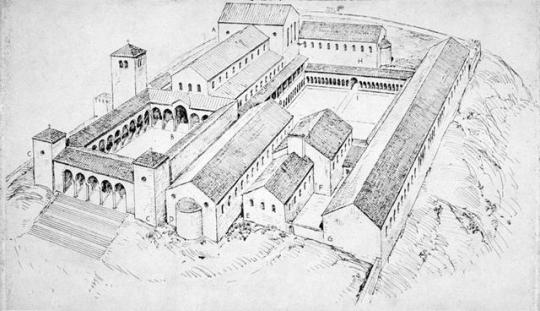
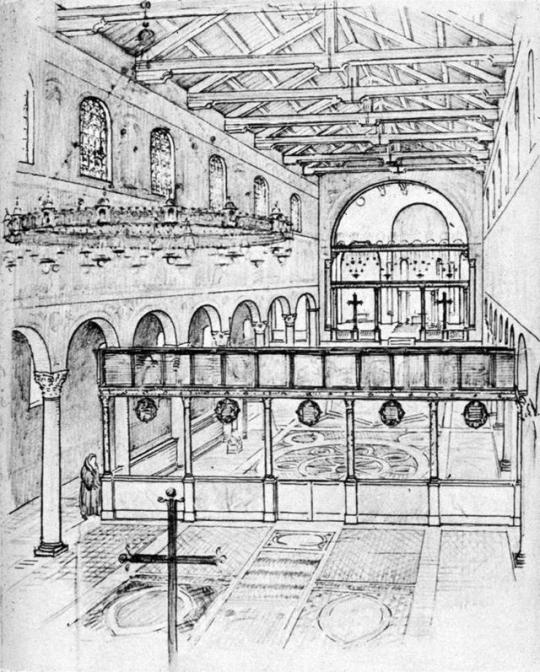
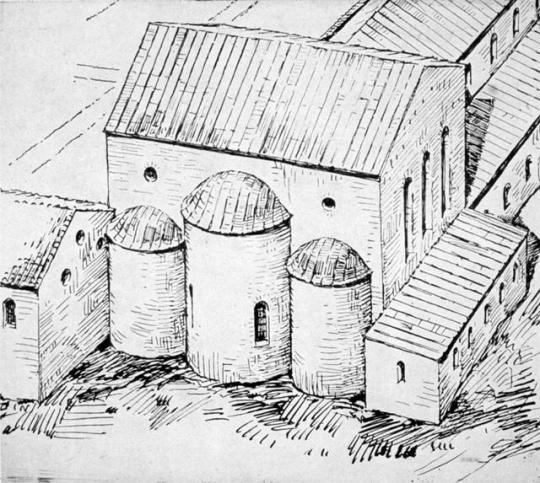
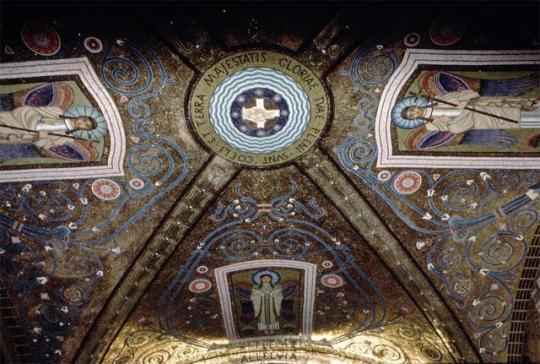
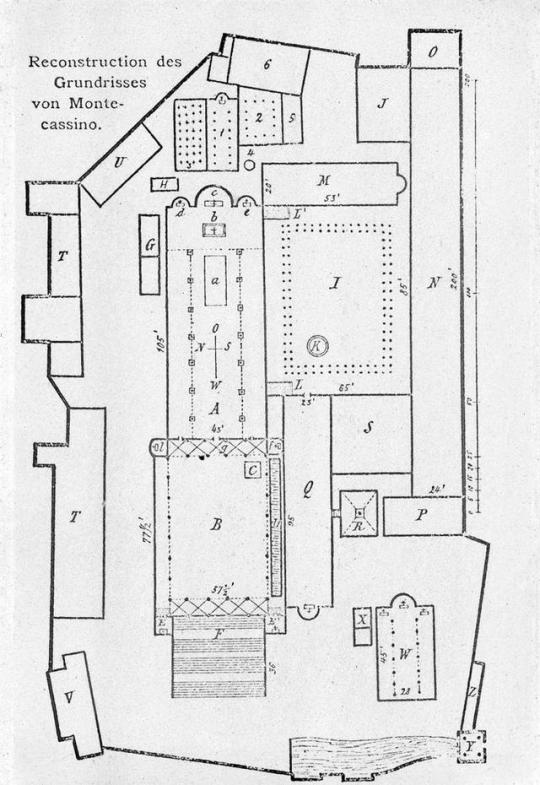

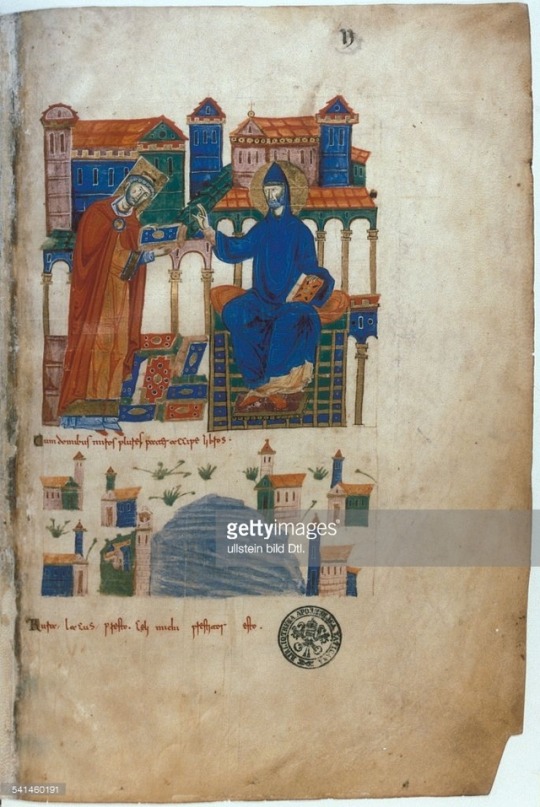
By Rachel Hiser Remmes
St. Benedict’s Basilica at Montecassino was dedicated on October 1, 1071. The ceremony was one of the most celebrated and spectacular events of the medieval period and was attended by nobility, significant clerical figures, and Pope Gregory VII. While dedication ceremonies during the Middle Ages were traditionally extravagant and sensual affairs, the dedication of a basilica at Montecassino, the most powerful monastery in Italy during the eleventh-century, far outdid the spectacle and pageantry of any other contemporary dedication ceremony.
Moreover, the magnitude of this event was perpetuated by the political environment during which it occurred. The notable abbot of Montecassino, Abbot Desiderius, who had vehemently fought for the rebuilding of the monastery’s basilica - even at the expense of the good opinion of his fellow monks - was both a key figure in the Pro-Gregorian Reform movement and a mediator between the Norman and Lombard powers to the south and the papacy to the north. In many ways, then, the opulent, “red carpet” event declared Montecassino’s wealth and power to all of medieval Christendom and placed Desiderius at the center of its key position.
Although little remains of the eleventh-century building, which was bombed by Allied forces during World War II, an elaborate manuscript, which was commissioned for the church’s dedication, survives and gives us an insight into the prominence of the event, the church, and the role of Abbot Desiderius. The frontispiece of The Codex Benedictus (Vat. Lat. 1202), which has been fully digitized by the Vatican Library, shows Abbot Desiderius presenting St. Benedict with a copy of the manuscript itself as both figures are placed, presumably, within the space of the new basilica. Later illustrations in the manuscript also detail the building and dedication of the original basilica by St. Benedict, to which Desiderius’ church was a successor. Moreover, Desiderius claimed to have discovered St. Benedict’s remains when preparing to build the new basilica.
Cowdery, H.E.J. The Age of Abbot Desiderius: Montecassino, the Papacy, the Normans in the Eleventh and Twelfth Centuries. Oxford: Clarendon Press, 1983.
Montecassino, monastery buildings, reconstruction by K. J. conant.
Montecassino, Interior of Desiderius Basilica, Reconstruction by Conant and Willard, built 1066-1071.
Monte Cassino, abbey, reconstruction, end of 11th century, (Schlosser).
Crypt of St. Benedict, Detail of mosaic vault.
View of Abbey of Montecassino, founded 529, rebuilt after 1944.
Desiderius and St. Benedict Frontispiece, The Codex Benedictus (Rome, BAV, MS Vat. Lat. 1202), fol. 2r.
#rachelhiserremmes#montecassino#dedication#medievalitaly#medievalchurches#benedictineabbey#monastery#codexbenedictus#manuscriptillumination
52 notes
·
View notes